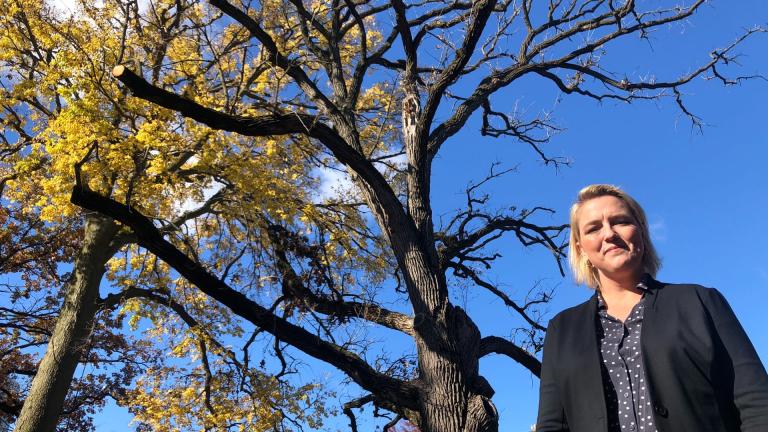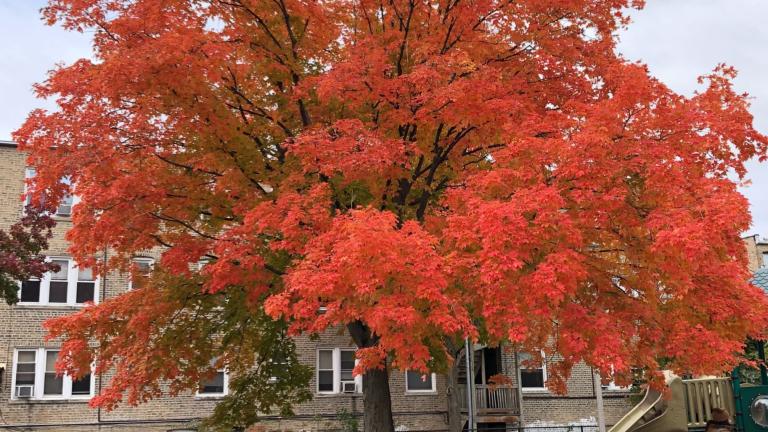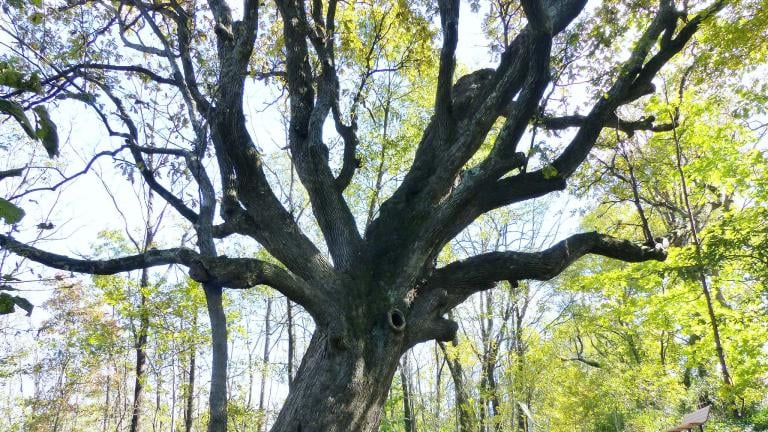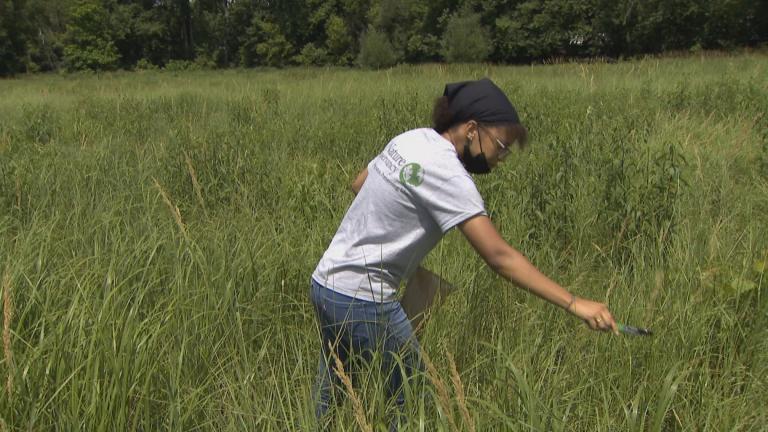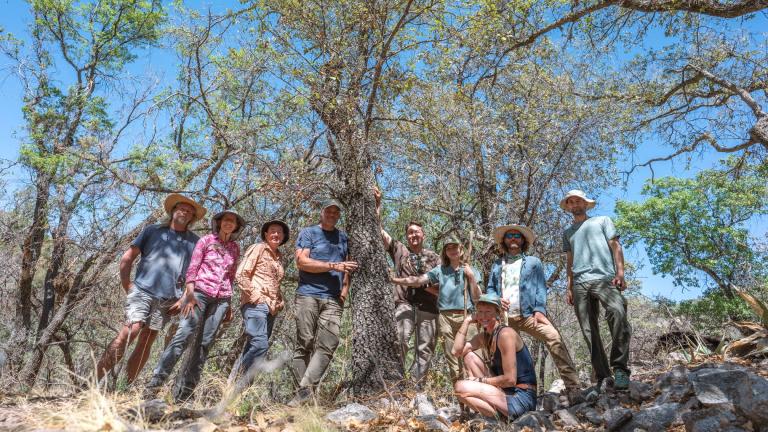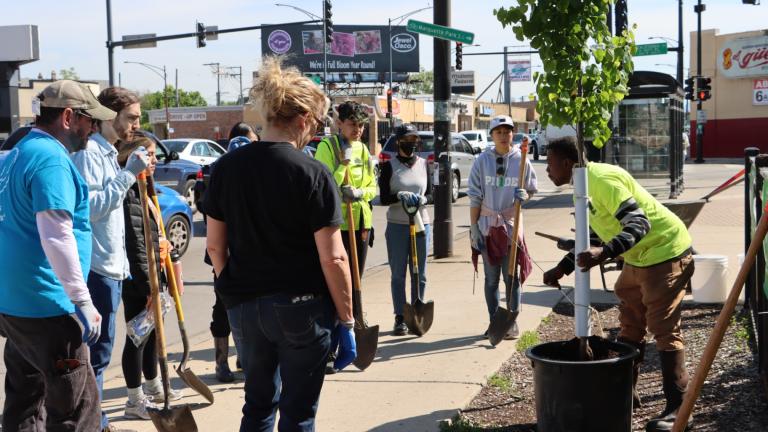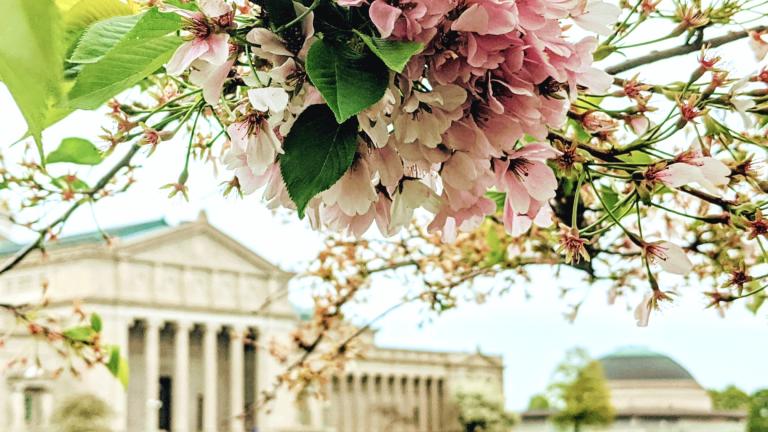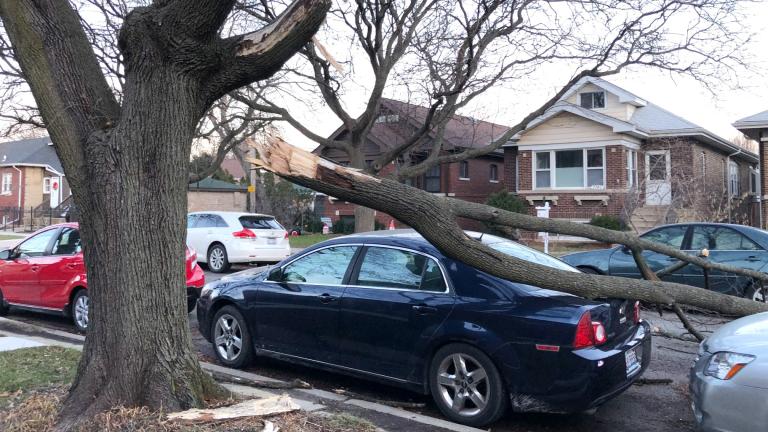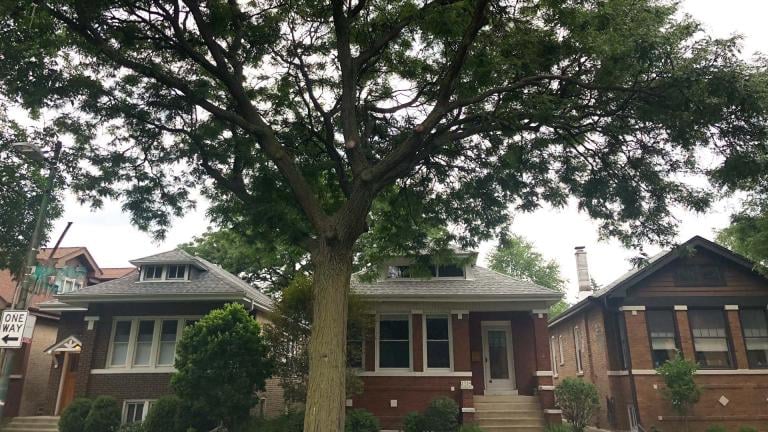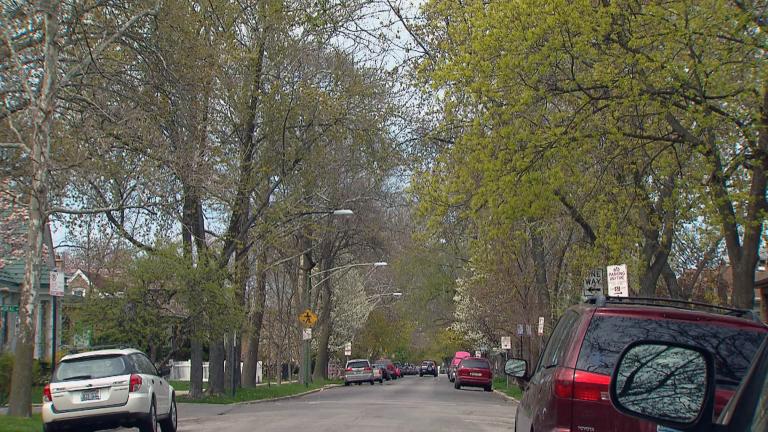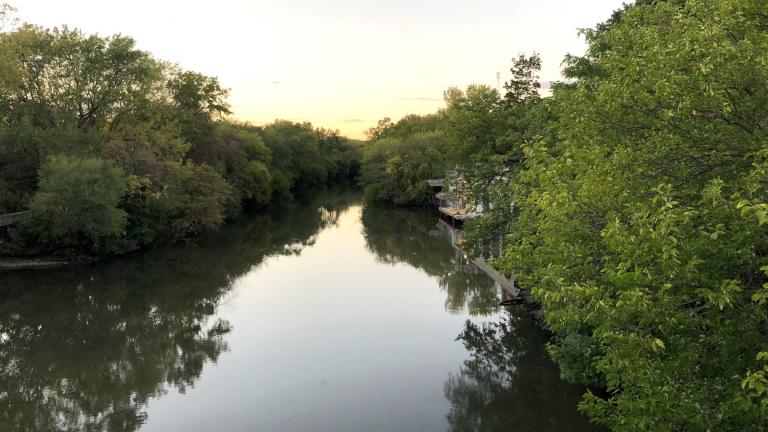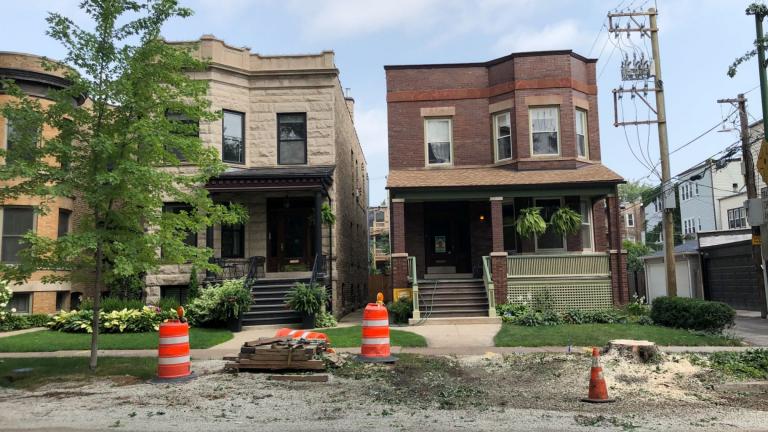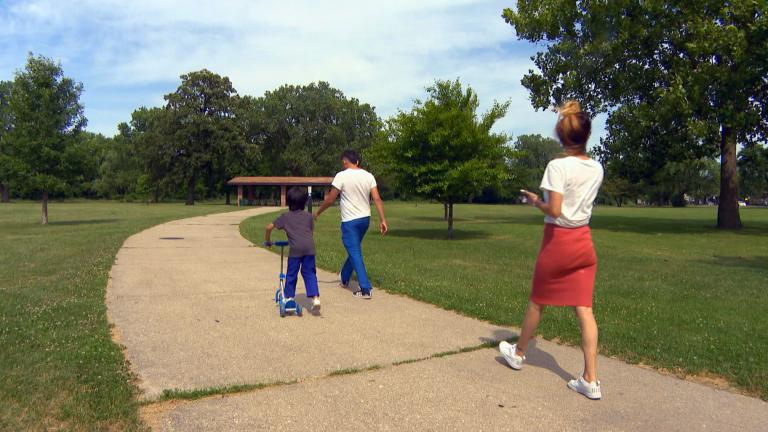A bur oak has towered over the zoo’s south lawn, opposite the primate house, since before there even was a zoo. It even predates the founding of the United States of America.
Trees
Voters sent a message to officials by overwhelmingly supporting an advisory referendum calling on the city of Chicago to stop cutting down trees in Jackson Park and South Shore.
Chicagoans get to experience two seasons simultaneously this weekend: summer-like temperatures hitting the upper 70s and peak fall color.
A team of researchers, led by Morton Arboretum, spent the better part of the past five years creating the first-ever standardized checklist and threat assessment of the nearly 900 species native U.S. trees. Their work provides the foundation on which to build awareness, advocacy and future conservation efforts.
As brutal heat waves sweep across the globe, calls to address the effects of climate change have become increasingly urgent. But in addition to large-scale policy efforts, making lasting change often starts with individuals.
The lateleaf oak has confounded botanists since it was first discovered in the 1930s. Scientists have been hard-pressed to find a single surviving example in recent decades. But a new discovery, pending genetic testing by Morton Arboretum, could put the tree back on the map.
The nature conservation group Openlands and search engine Ecosia are hoping to boost the number of trees in underserved areas through their TreePlanters Grant Program.
The cherry tree blossoms in Jackson Park are quickly becoming a beloved springtime tradition in Chicago and they’re about to hit their peak.
Studies show temperatures of -30°F will kill 98% of ash borer beetle larvae. Guess when Chicago was last that cold.
Wednesday saw record high temperatures across the region, wind gusts above 60 miles per hour and even the smell of smoke, which rode in on winds all the way from brush fires in Kansas.
Chicago has a long history of segregation and racial inequity. Now, a new data analysis by the DePaul University Center for Journalism Integrity & Excellence shows inequity is rooted even in the planting of city trees.
Chicago is set to invest $46 million in tree planting over the next five years. Trees can help improve air quality, reduce flooding, and offer several other health and social benefits. But the distribution of trees throughout Chicago is far from equal.
Sunny days and cool nights are the key to brilliant fall foliage. If the weather cooperates, expect things to take a turn for the colorful as Chicago’s trees hit their peak within the next two weeks.
The city has been testing alternatives to open-trench digging and tree removal during pipe replacement and repair projects. Failure of one new technique spelled the end of the line for a slew of trees in Chicago’s Andersonville neighborhood.
The City Council has unanimously approved an ordinance to create an Urban Forestry Advisory Board — charged with strategically caring for Chicago's urban tree canopy.
Supporters are calling it a big win for Chicago’s trees, but say the real work begins now. How the new Urban Forestry Advisory Board will bring together public and private partners to care for and enhancing the city’s urban canopy.

